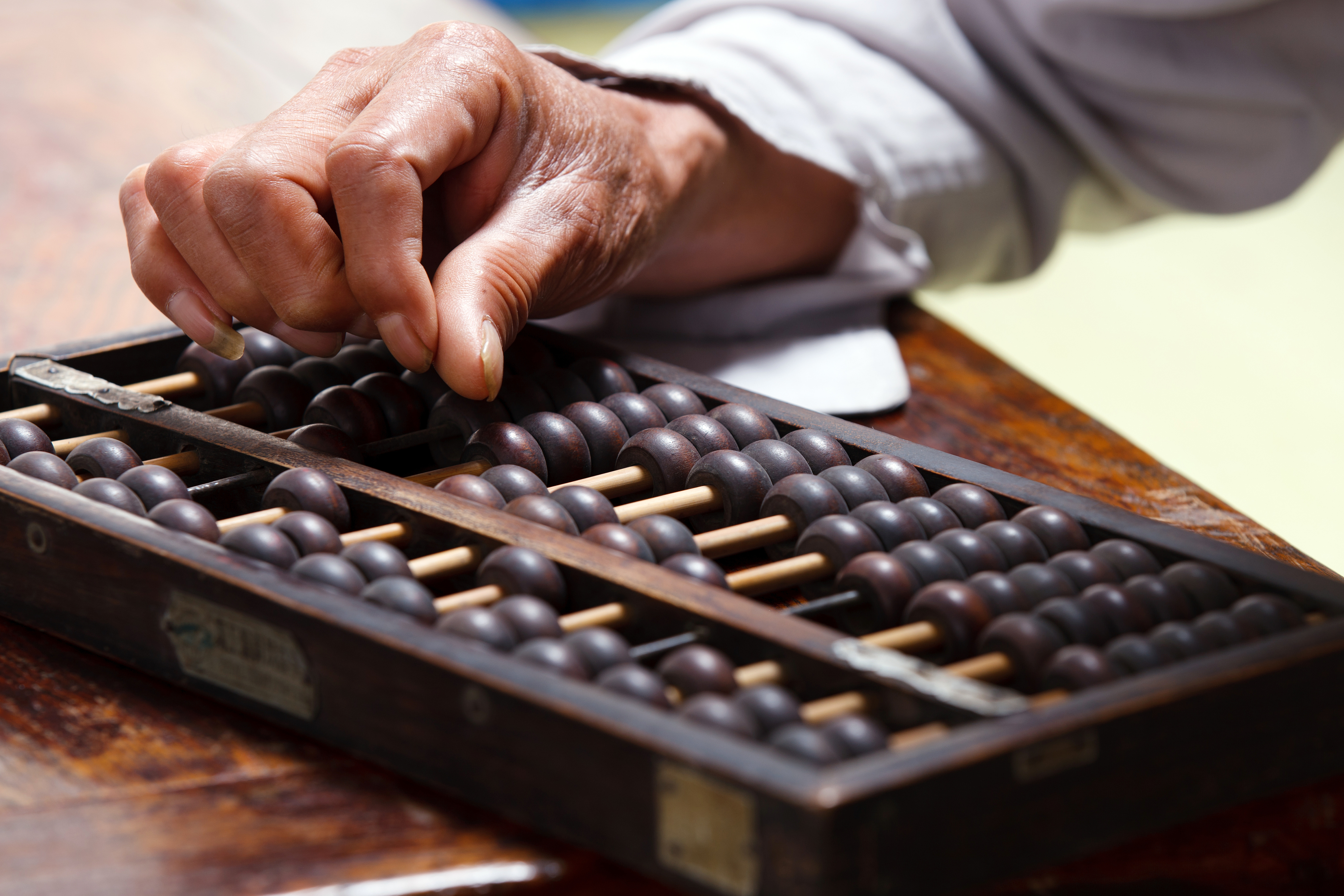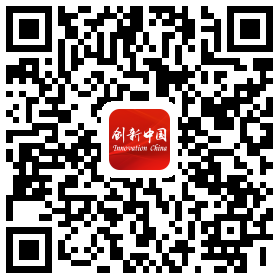Chinese Zhusuan: Great Art of Algorithms

Chinese abacus has more than seven rods with two beads on each rod in the upper deck and five beads each in the bottom one. (PHOTO: VCG)
By BI Weizi
Chinese Zhusuan is the knowledge and technology of arithmetic calculation using an abacus. It was inscribed on the UNESCO Representative List of the Intangible Cultural Heritage of Humanity in 2013.
An abacus is the main calculating tool used in Zhusuan. The predecessor of the abacus was the bead tray, that is, to put beads into the tray to indicate the number to be added; to take out the beads from the tray to indicate the number to be subtracted. But with the bead tray counting, beads are easily lost, so people invented abacus, stringing up the movable beads, which represent digits, and lining them up side by side.
The word Zhusuan was first found in Shushu Jiyi, a monograph on mathematics compiled by Xu Yue during the Eastern Han Dynasty (25 -220), and reached its peak during the Ming Dynasty (1368-1644). With the increasing need for commercial development, Zhusuan was widely promoted, gradually replacing the former common rod calculus, the method of mathematical computation with counting rods.
In the 13th century, Guo Shoujing used Zhusuan to calculate the length of each orbital year, which turned out to be 365.2425 days. In the 16th century, Cheng Dawei wrote Suanfa Tongzong (General Rules of Calculation), which summarized and improved the mathematical algorithm of Zhusuan. The original scattered algorithm was further systematized and improved, even to the point of refining the finger movement techniques of the intended board. The algorithmic instructions in the book have changed little over the past 500 years.
Zhusuan serves many socio-cultural functions and provides the world with an alternative knowledge system. In 2007, Chinese abacus, the oldest computer in the world, was listed as number one in "101 gadgets that changed the world" by British newspaper The Independent.







